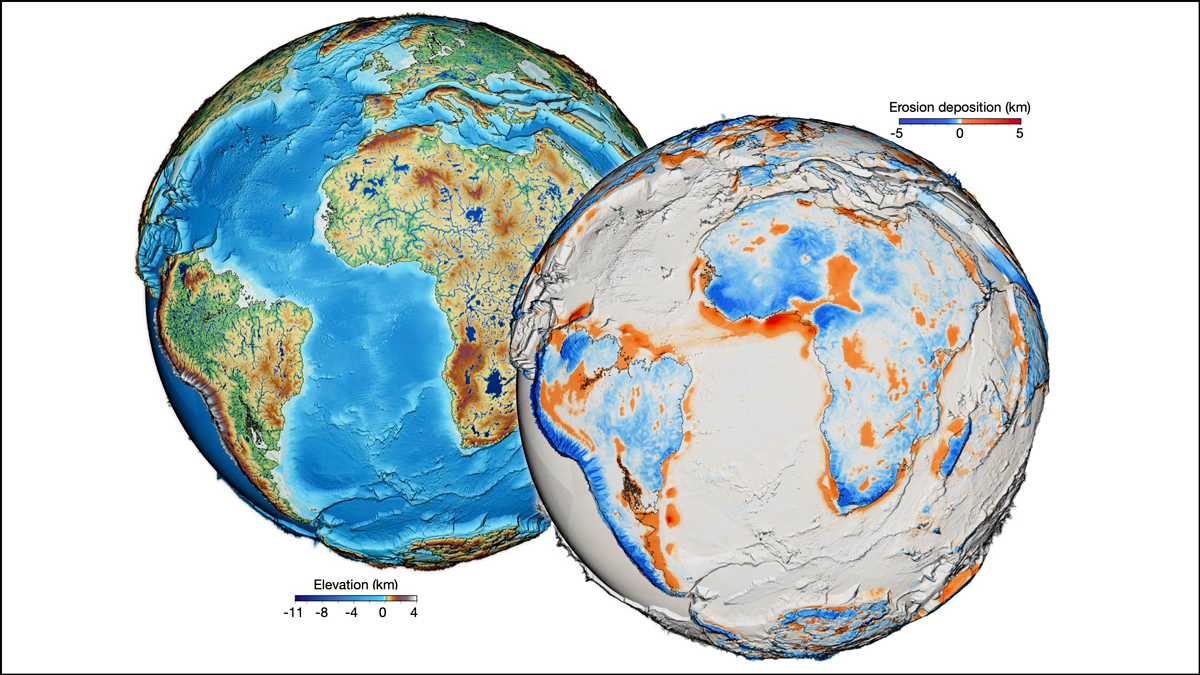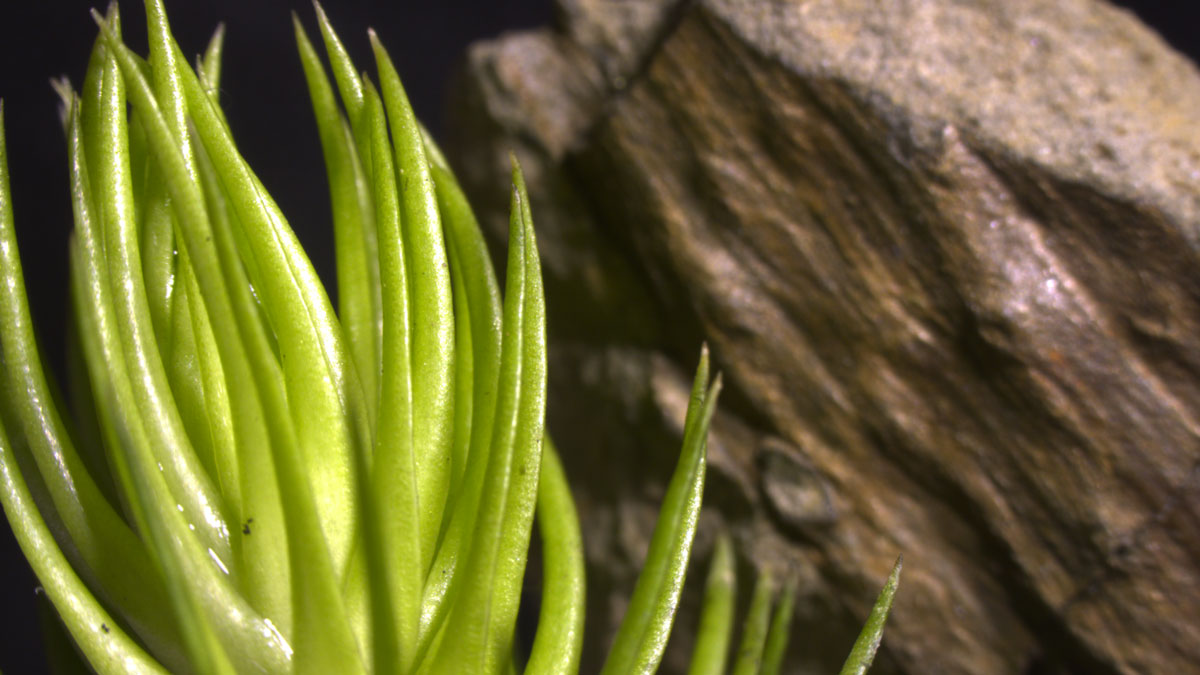火山喷发结束后很长一段时间内缓慢的碳排放可能会在地质时间尺度上影响碳循环。
geology
Do Volcanoes Add More Carbon Than They Take Away?
Slow carbon seep long after eruptions have ceased could shape the carbon cycle on geological timescales.
One Surface Model to Rule Them All?
For the first time, scientists have forged a nearly all-encompassing model of Earth’s surface evolution over the past 100 million years.
Meshless Methods Tell Us What Lurks Beneath the Surface
Limitations with resolving complex underground targets with sufficiently fine resolution may be alleviated through the adoption of meshless electromagnetic methods.
Science Communication That Goes Beyond Words
Earth science graduate students and scientific illustration undergraduates teamed up to create accessible, engaging visualizations of research that transcend limitations of using language alone.
The Western Great Basin Has an Arsenic Problem—Blame Its Geology
A new study links geological factors such as faulting and geothermal activity to an elevated risk of arsenic contamination in private wells across the Great Basin.
Martian Rocks May Record Ancient Wind Directions
Mars 2020 Perseverance Rover images of abraded surface rocks may retain records of ancient wind directions, providing important ground-truth to our understanding of Mars’ recent climate history.
Martian Lava, Up Close and Personal
The Mars 2020 Perseverance Rover conducted the first investigation of volcanic rocks where they stand in their original configuration on the surface of Mars.
Small Shrubs May Have Played a Large Role in Decarbonizing the Ancient Atmosphere
Vascular plants may have contributed to shaping Earth’s atmosphere long before trees evolved.
Does This Mineral Indicate Oxygen on Mars?
Manganese oxides are thought to be a signature of atmospheric oxygen. But on the Red Planet, recent results suggest they might be more of a red herring.










